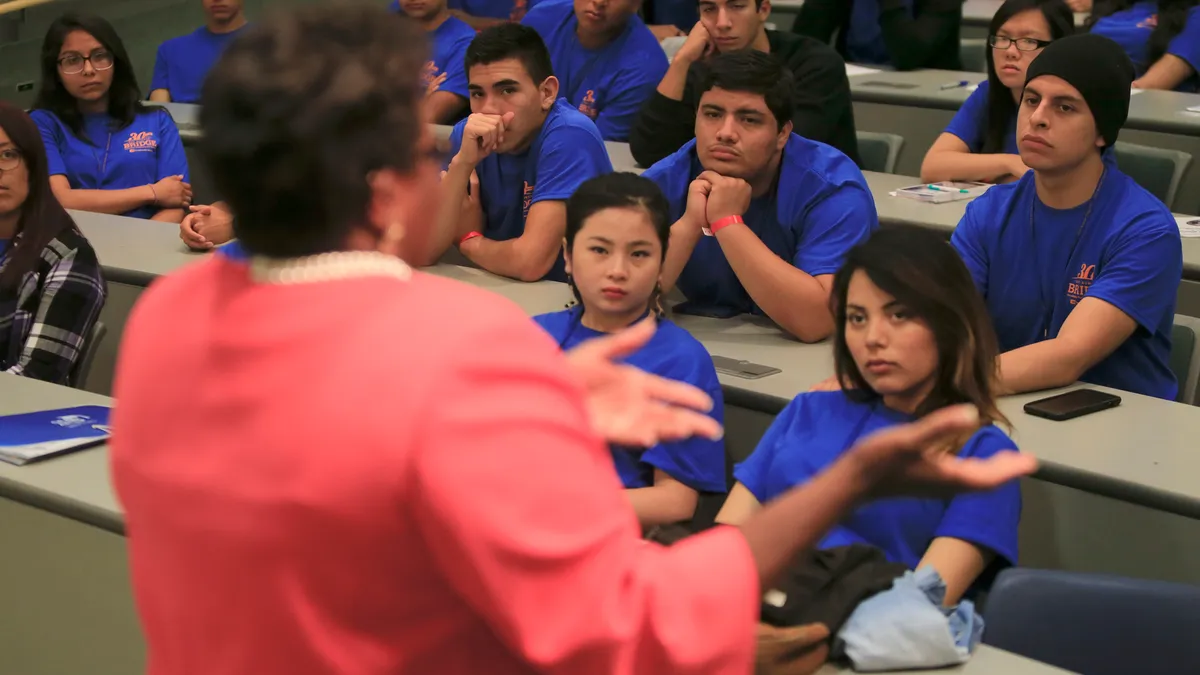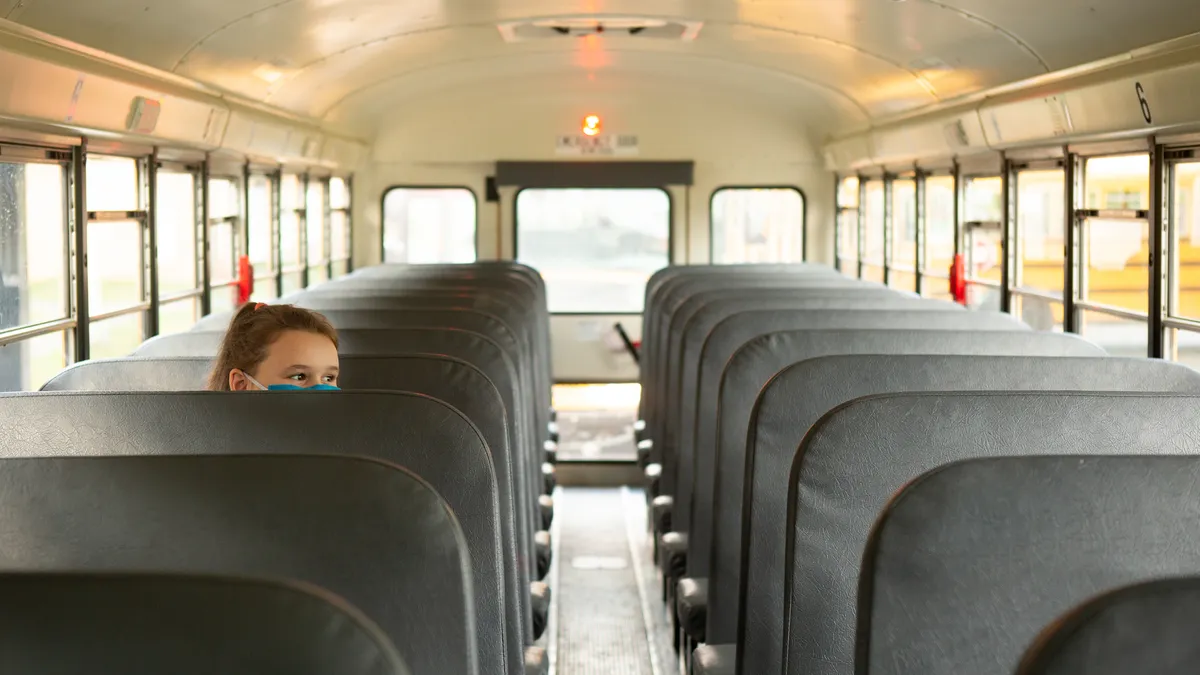Dive Brief:
- A report by the National Council of La Raza offers a profile of the Latino population, showing high school graduation rates are up, but 8th grade reading and math proficiency levels and preschool participation remain low.
- NPR reports Latino children are expected to make up a third of the student population from preschool through 12th grade by 2023, and most of the growth is currently being driven by U.S. Latinos, not immigrants — as some 95% of school-aged Latinos were born here.
- While 80% of Latino students graduate high school on time that leaves 20% behind, and these students have troubling levels of child poverty, obesity and chronic health problems — as well as academic challenges that are reinforced because many Latinos are concentrated in low-performing schools.
Dive Insight:
Latino students represent an important part of the future of this country. They are a fast-growing portion of the school-aged population and schools need to be thinking now about how to serve them. Engaging families can be difficult in immigrant populations, as many immigrant parents do not understand the expectations for engagement in U.S. schools and they may be dissuaded by language barriers from coming into the school. When it comes to language access, however, every school is required by law to provide high-quality translation and interpretation services to families that need it at no charge.
It is important to recognize that almost half of Latino students do not come from immigrant families anymore. Language barriers cannot be an excuse to write off low participation. Many schools are developing more inclusive communities by hosting cultural celebrations and making sure Latino families not only feel welcome, but like they belong. This is a critical step in improving student achievement.






 Dive Awards
Dive Awards





